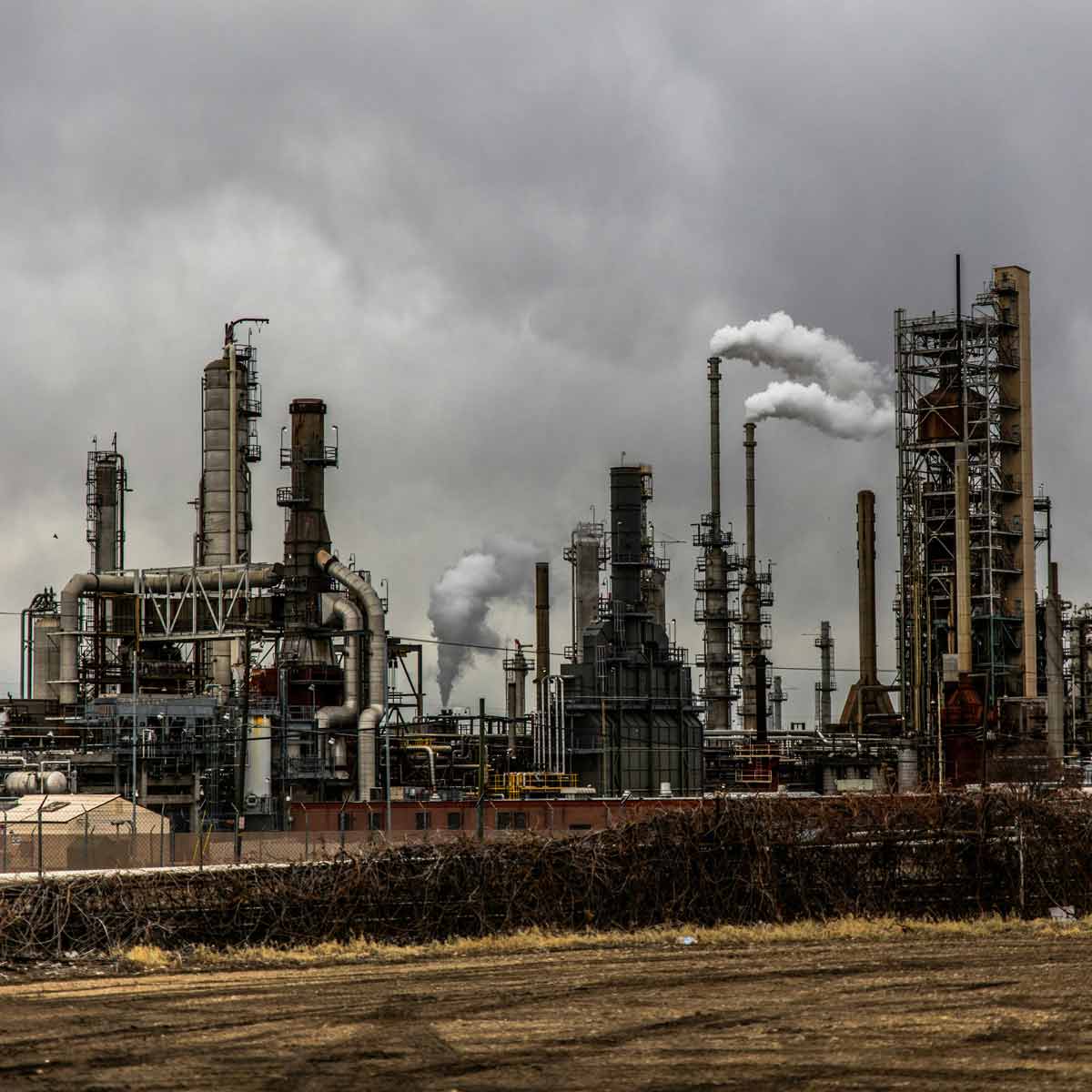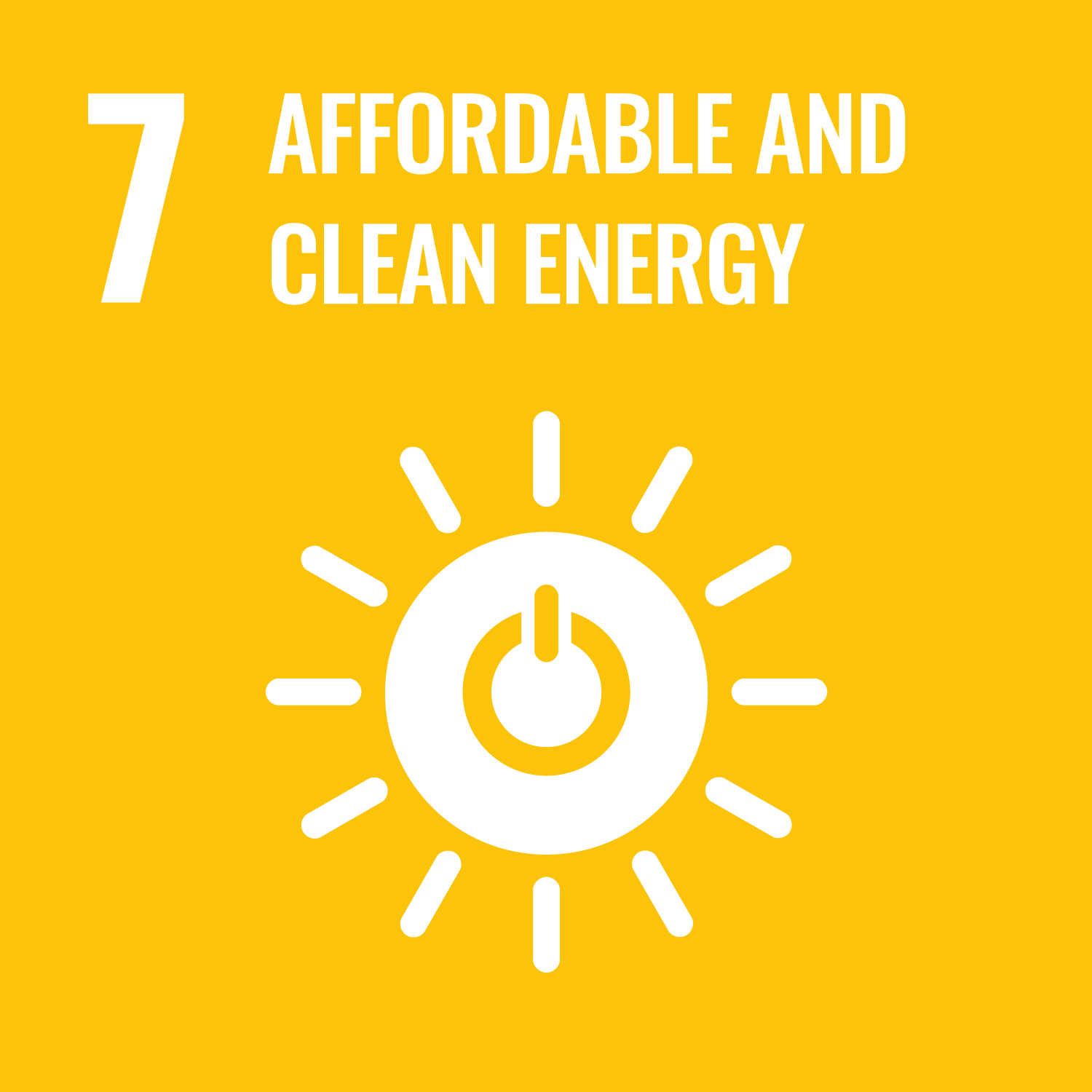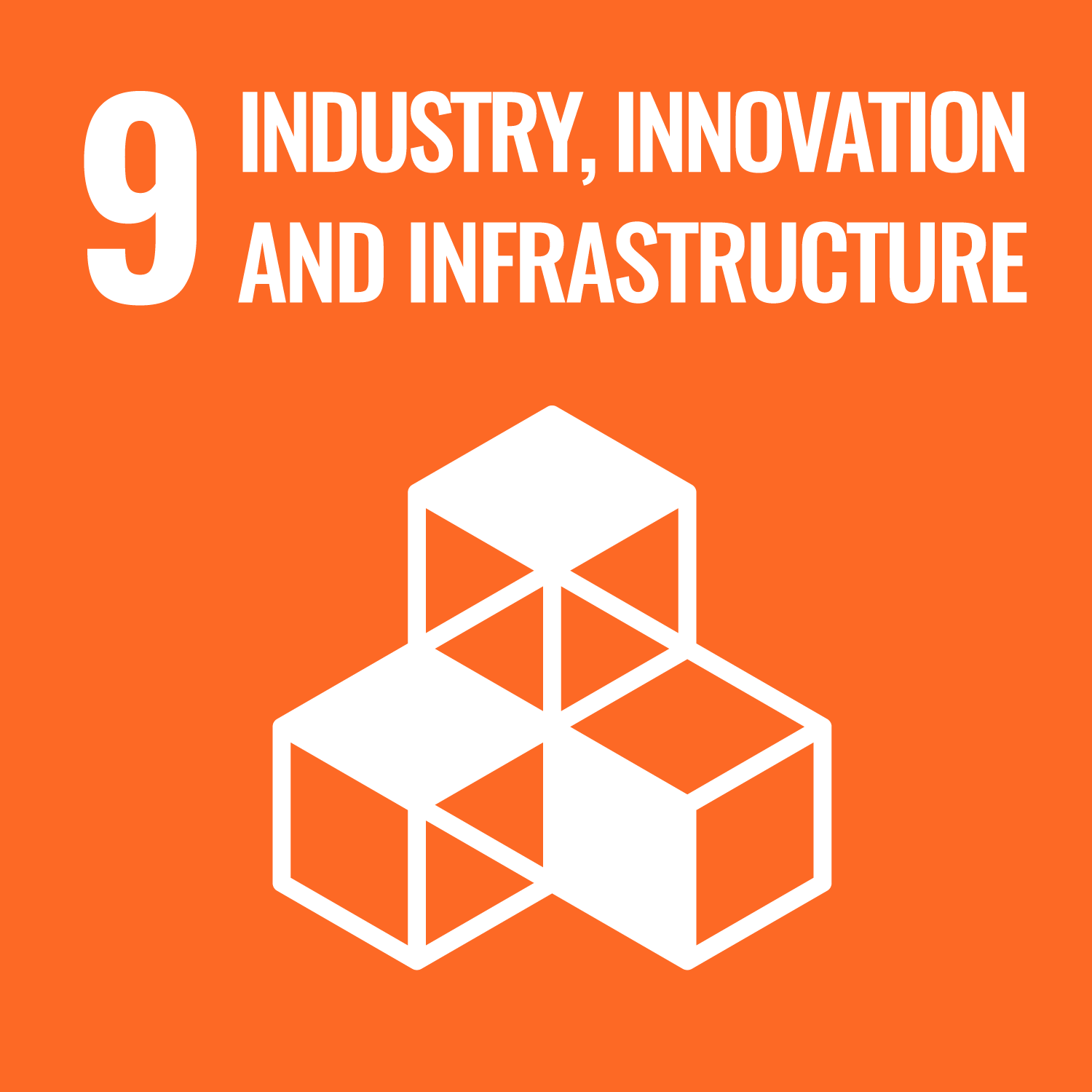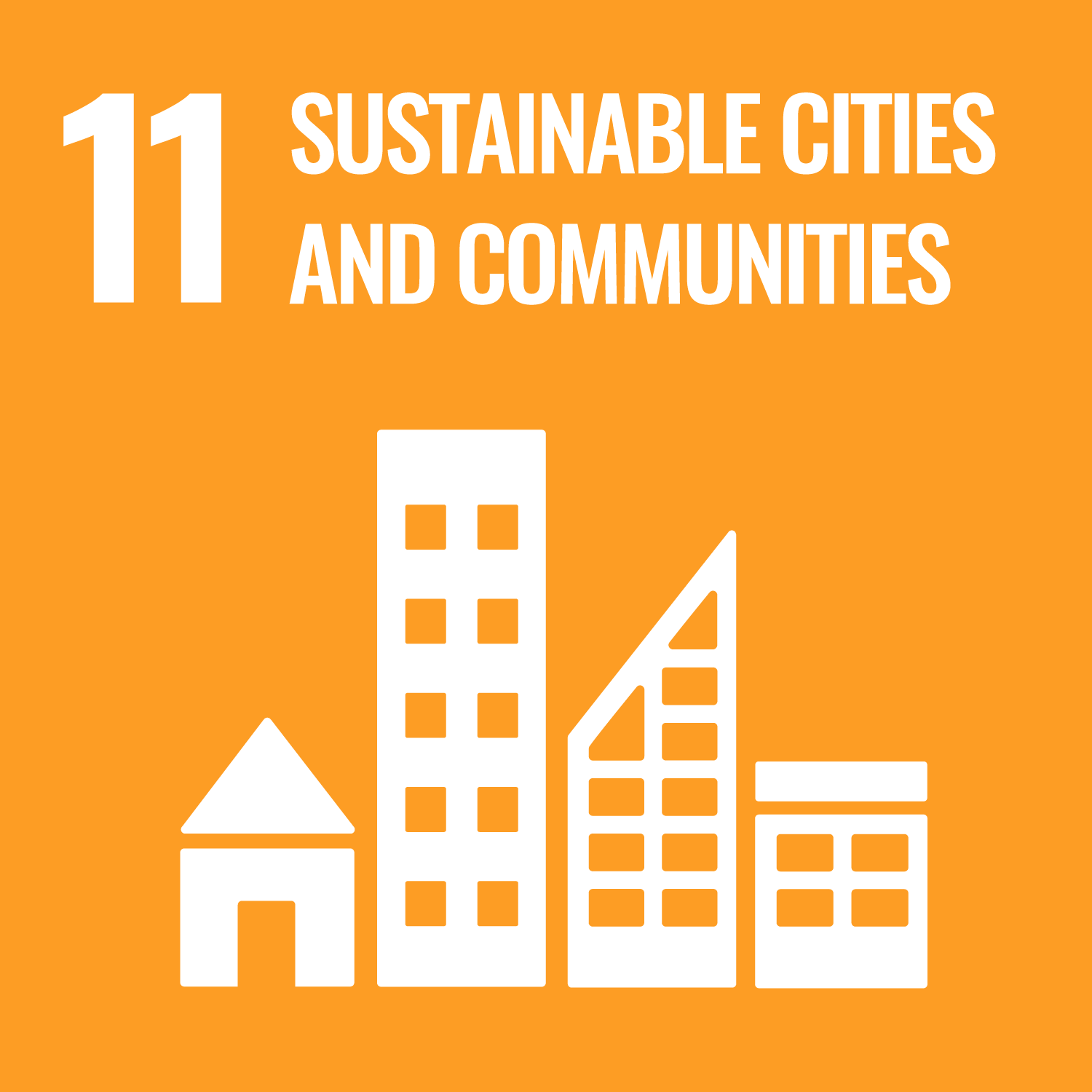- Home
- Energy Transition and Industrial Processes
Research
Energy Transition and Industrial Processes
Production System

Energy and industrial processes, the fuel and engine of human activities, are two of the main pillars of the transition towards sustainability.
On one hand, an important topic is the analysis of the production system and the energy system that feeds it, in light of the current radical revolution affecting both (smart industry), which involves digitalization and automation, integration with telecommunications, and data science.
The evolution and sustainability of the system depend on the complex interaction between these scientific-technological aspects, the obvious need for economic sustainability, but above all on the unprecedented social and political-economic implications stemming from the new role that humans will inevitably acquire in these systems.
From this perspective, industrial design, as a tool to adequately represent human presence in the process that goes from conception, to realization, to the use of a product, represents a methodology that must become an integral part of industrial production and innovation processes.
In 2013, the European Commission released the programmatic document “Design for Growth and Prosperity – European Design Innovation Initiative,” in which the Commission foresaw and indicated design as an integral part of Europe’s innovation systems and in service to society by 2020. Design thus becomes a key element of territorial competitiveness, a synthesis of capability, objective, vision, and system.
By employing its typical tools (interdisciplinary dialogue, attention to human needs or human-centered design, engagement with the productive and economic fabric, etc.), design can represent a methodology not only for industry but also underpinning the various themes addressed in this document, from an operational and structural point of view.
With the new Commission’s seven-year term, “sustainability” has become a central theme in design debates. From defining the demand, to producing the idea and its subsequent realization, design acts oriented towards mending the relationship between humans and their context/nature.
ENVIRONMENTAL SUSTAINABILITY

Another topic of great importance and today of urgent priority regarding energy and industrial processes is environmental sustainability. Greenhouse Gas (GHG) emissions—gases that cause anomalies in the greenhouse effect, with carbon dioxide being the primary one—are currently responsible for over two-thirds of energy use in its various forms (including industrial processes, which account for more than 20%).
If emissions from by-products of industrial processes themselves are also considered, the energy system and industrial production together contribute to over 75% of global GHG emissions.
Therefore, acting on the energy and production system is by far the most impactful strategy to contain climate change—given the well-established link between climate change and GHG emissions. The greatest impact on reducing emissions from energy use is primarily achieved through reducing energy consumption and secondarily through transitioning to renewable sources, which bring a significant increase in system complexity, even when considering just the technological aspect (for example, the transition from the traditional electric grid to the so-called smart grid).
The Working Group primarily focuses on these high-impact strategies, once again integrating scientific-technological, economic, and social aspects.
An additional area of study, still related to energy and necessarily addressed with the tools typical of complex systems, is the relationship between the energy system, mobility and transport systems, and human settlements.
Among energy uses, transport (15%) and residential and commercial uses (over 17%) are the other two main contributors to GHG emissions. For this reason, the theme of the smart city—that is, rethinking human activities, from recreational to work-related, and consequently spaces, modes, and transport networks, especially in urban areas—assumes a pivotal role on the path toward sustainability of the energy and production system.


